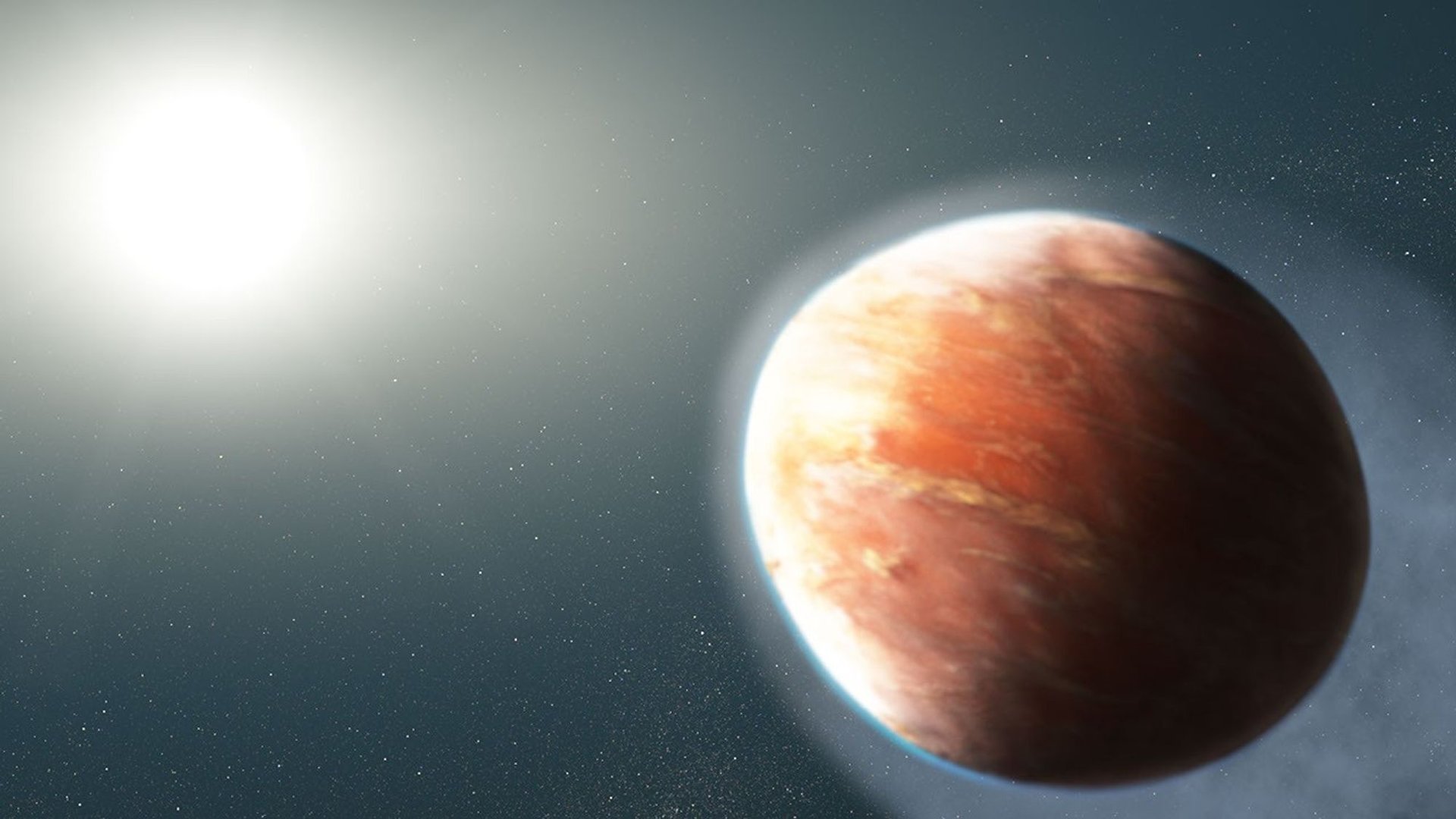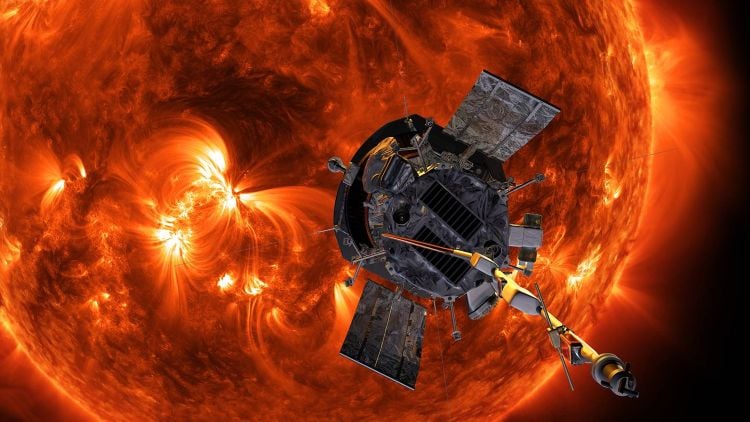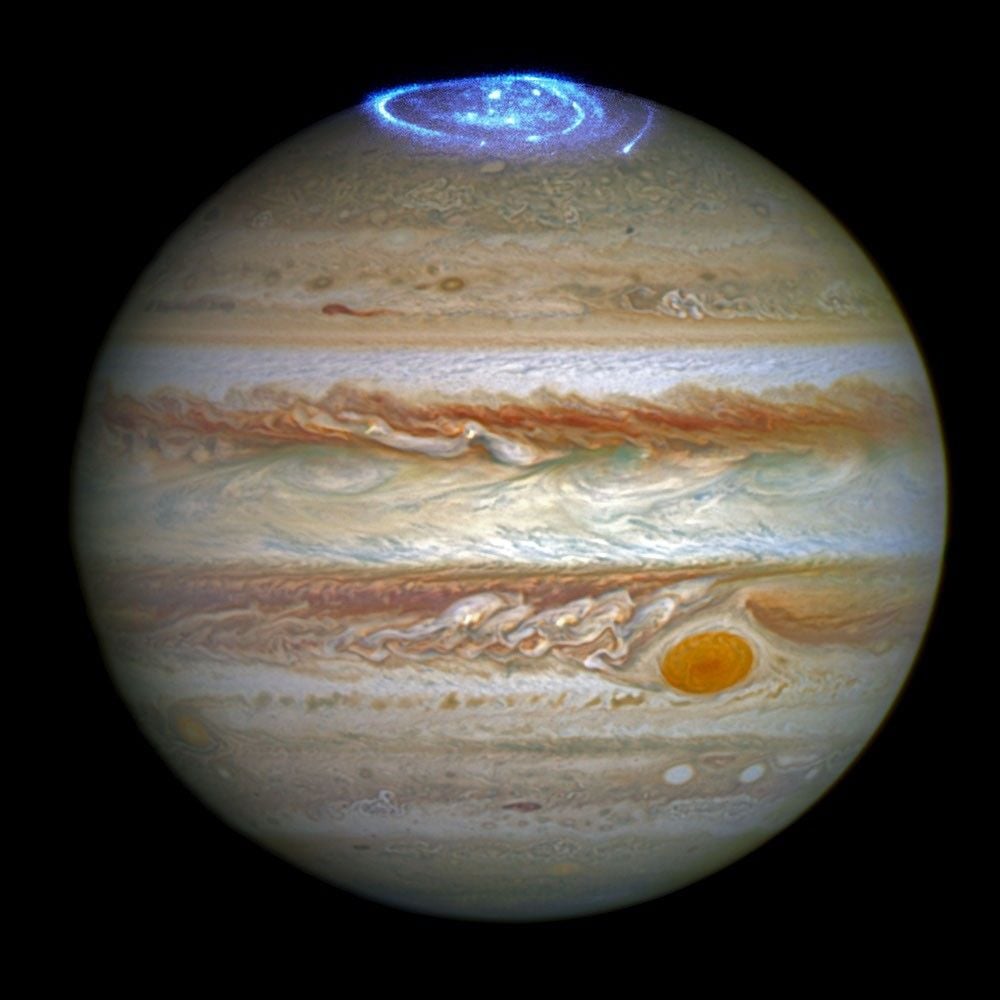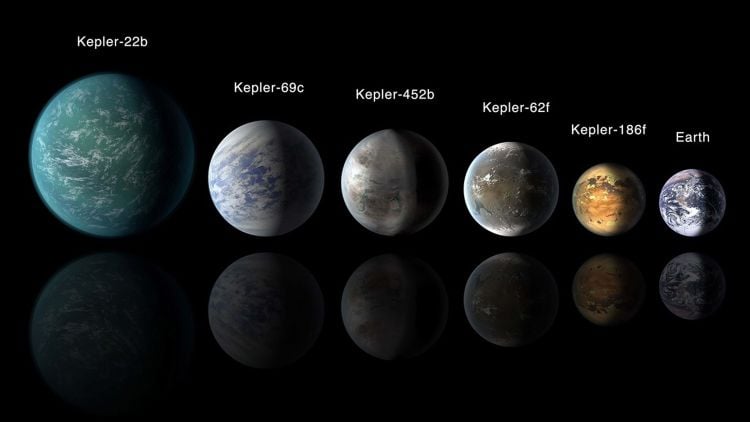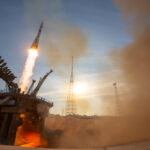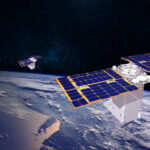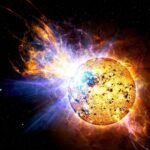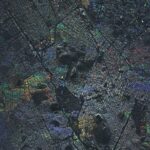The magnetic fields that formed in the very early stages of the universe may have been billions of times weaker than a small fridge magnet, with strengths comparable to magnetism
In a breakthrough study published in Nature Astronomy, researchers have discovered a new origin for some of the fastest stars ever observed: hypervelocity white dwarfs—compact stellar remnants hurtling through space
Life is complicated, and not just in a philosophical sense. But one simple thing we know about life is that it requires energy, and to get that energy it needs
Life is complicated, and not just in a philosophical sense. But one simple thing we know about life is that it requires energy, and to get that energy it needs
What processes are responsible for our Sun’s solar wind, heat, and energy? This is what a recent study published in Physical Review X hopes to address as a team of
In the cold darkness above Jupiter’s poles, where temperatures plummet to hundreds of degrees below zero, something remarkable is happening that challenges our understanding of planetary science. Using data from
What was the universe like in the first few hundreds of millions of years after it came into existence? How did the first stars and galaxies form? Those are questions
For the first time, researchers have found that the number of electrical discharges on a spacecraft directly correlates to the number of electrons in the surrounding environment—information that could help
The recent discovery of the third known interstellar object (ISO), 3I/ATLAS, has brought about another round of debate on whether these objects could potentially be technological in origin. Everything from
What role can the relationship between oxygen (O2) and ozone (O3) in exoplanet atmospheres have on detecting biosignatures? This is what a recent study submitted to Astronomy & Astrophysics hopes
-
 012024 in Review: Highlights from NASA in Silicon Valley
012024 in Review: Highlights from NASA in Silicon Valley -
 02Panasonic Leica Summilux DG 15mm f/1.7 ASPH review
02Panasonic Leica Summilux DG 15mm f/1.7 ASPH review -
 03How New NASA, India Earth Satellite NISAR Will See Earth
03How New NASA, India Earth Satellite NISAR Will See Earth -
 04And Thus Begins A New Year For Life On Earth
04And Thus Begins A New Year For Life On Earth -
 05Astronomy Activation Ambassadors: A New Era
05Astronomy Activation Ambassadors: A New Era -
06SpaceX launch surge helps set new global launch record in 2024
-
 07Space Force plans new ‘Futures Command’ amid pressure to speed up modernization
07Space Force plans new ‘Futures Command’ amid pressure to speed up modernization


